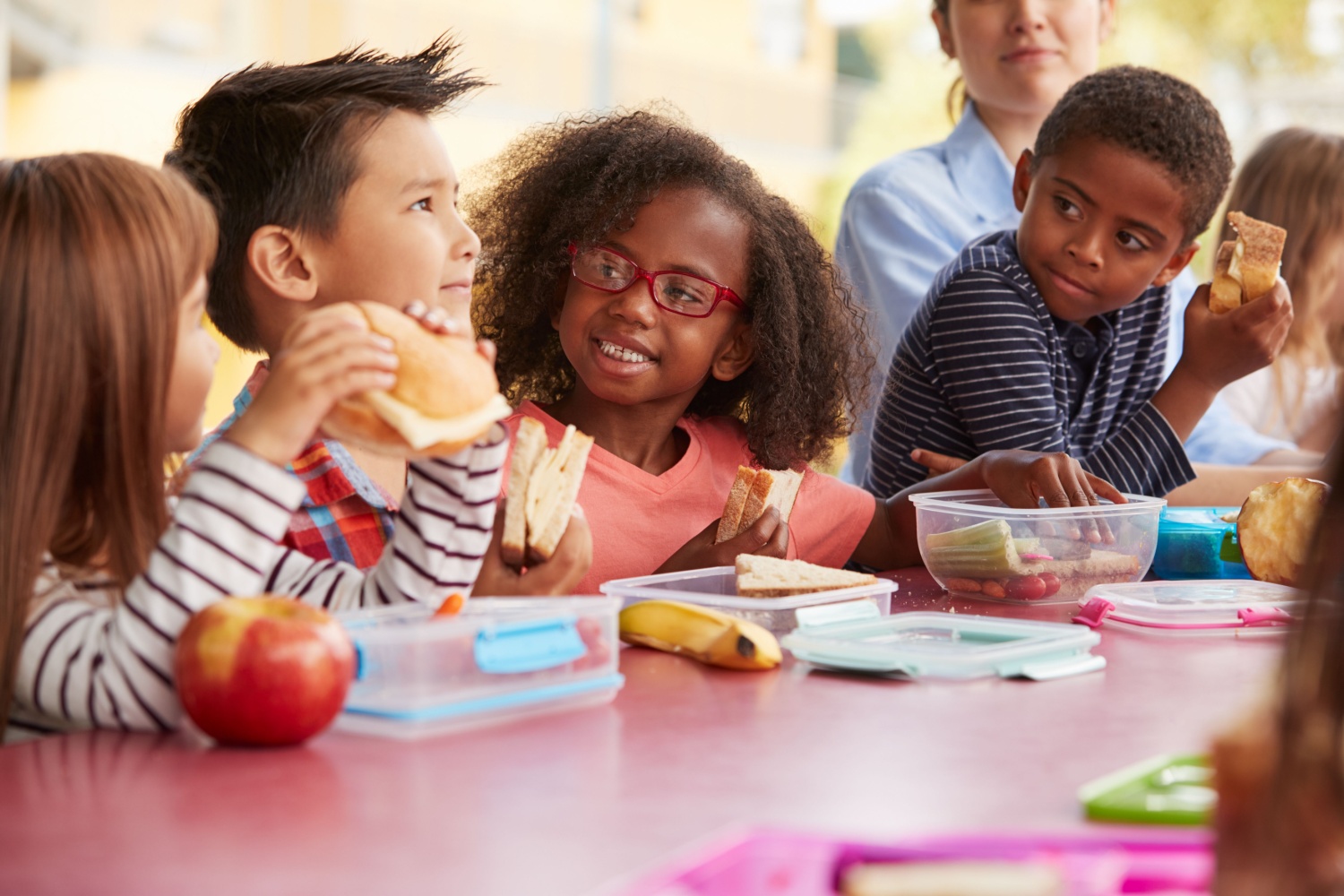School will be in session soon across the country, if it is not already in some places. Along with the school supplies and clothes, food safety should also be a consideration for parents as they pack school lunches for their children. USDA food safety expert Meredith Carruthers says most important to remember from a food safety perspective: keep hot foods hot and cold foods cold.
“What I find is a lot of people don’t realize how many things are perishable and how important it is to keep foods cold, especially when we’re talking about packing lunches for younger kids.”
As youngsters — especially those under the age of five — are more likely to get seriously sick from foodborne illness. So, regarding proper chilling of perishable school lunch items in the lunch box:
“Cold sources like ice packs, the frozen gel packs that can just go into the freezer and just pop into a lunch box and go back in the freezer when you get home, are great options. You can freeze a water bottle or a juice box; in theory, then it’ll be thawed by lunchtime, and your child can still consume it that way. Using something to keep those foods cold — especially if they are perishable, like a sandwich with deli meat or any leftovers from the night before, or even little packages of crackers and meat and cheese — those need to be refrigerated.”
She says a good rule of thumb: if you buy a school lunch item from the refrigerated section of the supermarket or retail store, it needs to be kept refrigerated. What if you are packing hot foods for school lunches, say, soup or chili?
“You can use a thermos. When you use a thermos, very important to put hot water in it first to help heat up the inside and make sure it is already hot before you put hot food into it. And then those thermoses should help keep food hot until lunchtime.”
And from the food safety perspective, a brown paper bag lunch is not the way to go.
“Pack your child’s food into an insulated container for many different reasons. Using an insulated bag is the way to go. It helps keep that cold air and will help keep your food safe and cold for the appropriate amount of time until lunchtime.”
Not to mention the potential of a brown paper bag being ripped as cold sources melt and get the paper wet. Carruthers adds, if for whatever reason a parent is unable to keep a perishable school lunch cold:
“There are plenty of nonperishable and shelf-stable items to eat for lunch or to send to school with your child or to take as a snack or anything like that.”
Such as fresh, uncut fruit like apples or bananas. More back-to-school and school lunch food safety tips are available through USDA’s Meat and Poultry Hotline at 1-888-MPHOTLINE or by email at [email protected]


